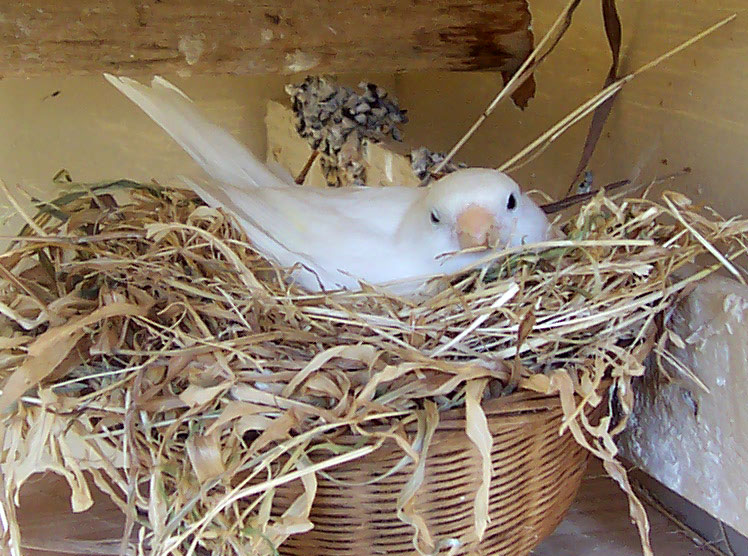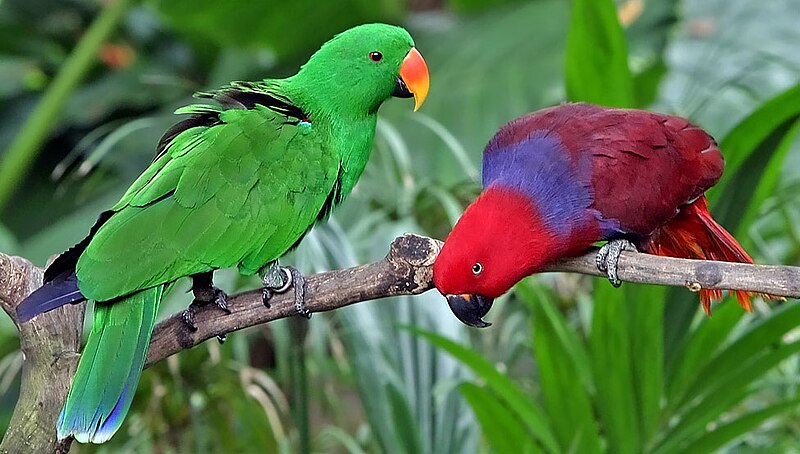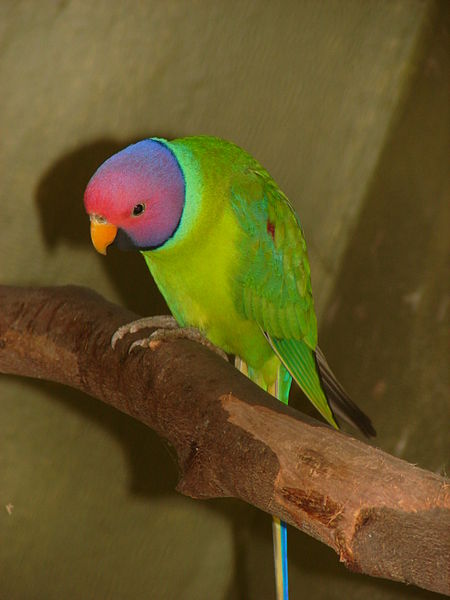 Whether they are hand or parent-reared, young Canaries usually need some encouragement to switch from the nestling to adult diet. This change-over period can be quite stressful, but there are a number of steps you can take to ease the transition.
Whether they are hand or parent-reared, young Canaries usually need some encouragement to switch from the nestling to adult diet. This change-over period can be quite stressful, but there are a number of steps you can take to ease the transition.
The Transition Period
Pet Canaries feed their chicks largely upon sprouts, soaked seeds and Egg Food or hard boiled eggs. Once the young fledge, which usually occurs at age 16-20 days, they will be fed by their parents for an additional 2 -3 weeks. During this time, they will also begin to pick at food and eventually learn to eat on their own. Fledglings benefit from watching their parents and siblings…chicks that are hand-reared are at a disadvantage in this respect, but will also respond to the ideas and foods mentioned below.
Hard seeds are a novel food for young Canaries, and acquiring the skill needed to open them takes practice. A high protein diet remains important right through the first molt (which usually begins within 2 months of fledging), but eventually seeds should replace egg-based foods as their staple. Read More »
 That Bird Blog – Bird Care and History for Pet Birds
That Bird Blog – Bird Care and History for Pet Birds




